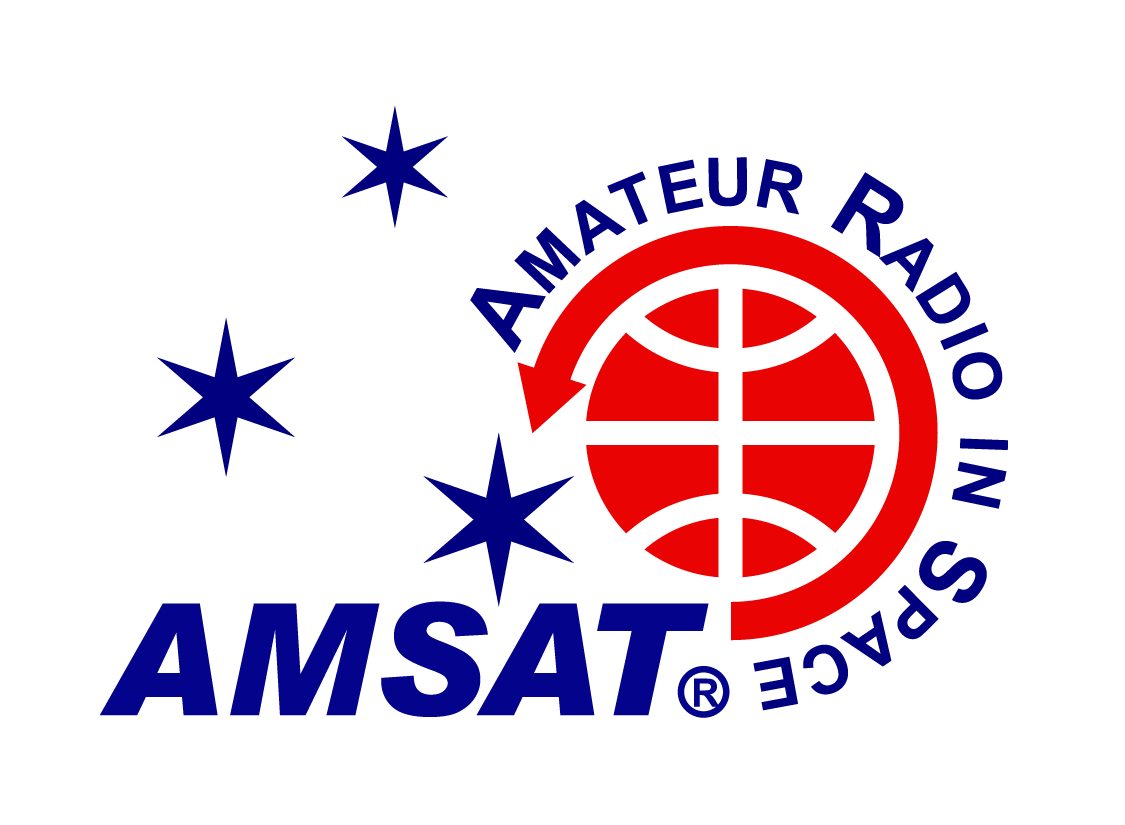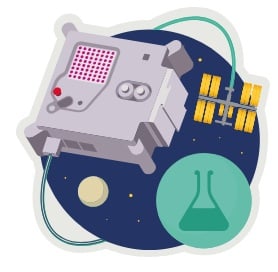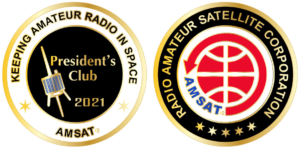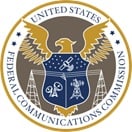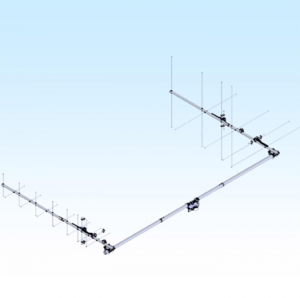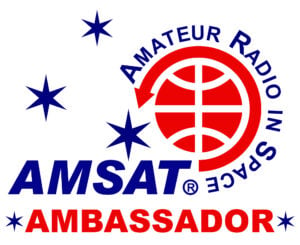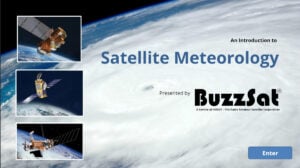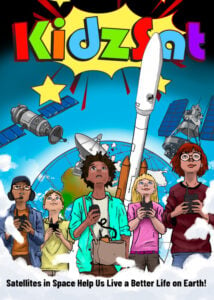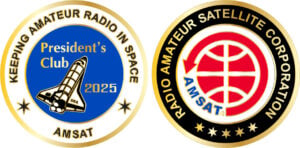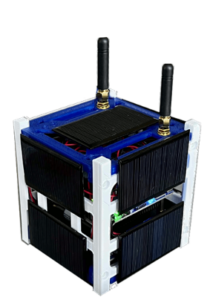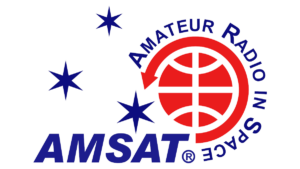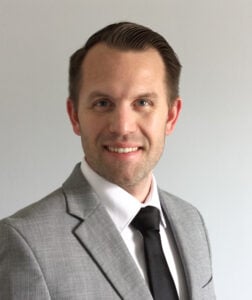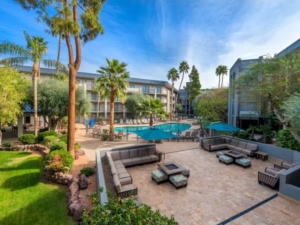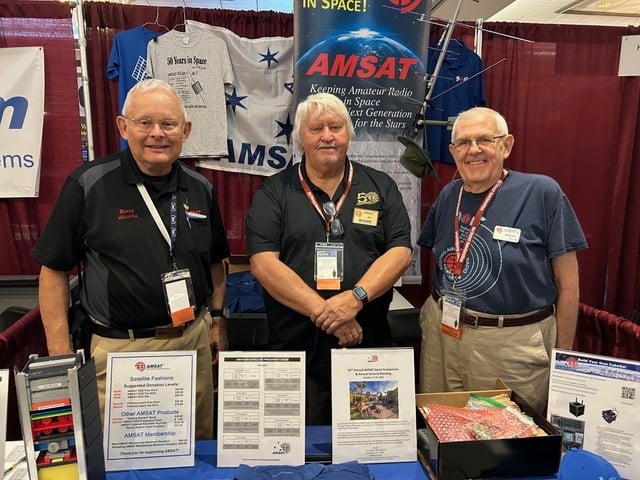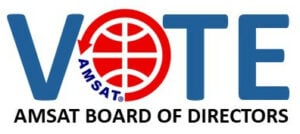AMSAT News Service
ANS-334
November 30, 2025
In this edition:
- Registration is open for the 2025–2026 European Astro Pi Challenge
- Optical Communications Systems Test the Limits of FCC Authority
- A Protocol Extension for GOLF Operations
- REALOP CubeSat to Test Hard Drives for ADC System
- Changes to AMSAT-NA TLE Distribution for [date]
- ARISS News
- AMSAT Ambassador Activities
- Satellite Shorts
The AMSAT(R) News Service bulletins are a free, weekly news and information service of AMSAT, the Radio Amateur Satellite Corporation. ANS publishes news related to Amateur Radio in Space including reports on the activities of a worldwide group of Amateur Radio operators who share an active interest in designing, building, launching and communicating through analog and digital Amateur Radio satellites.
The news feed on http://www.amsat.org publishes news of Amateur Radio in Space as soon as our volunteers can post it.
Please send any amateur satellite news or reports to: ans-editor [at] amsat.org .
Sign up for free e-mail delivery of the AMSAT News Service Bulletins via the ANS List. Join this list at: https://mailman.amsat.org/postorius/lists/ans.amsat.org/ .
Registration is open for the 2025–2026 European Astro Pi Challenge
Educators: Do you want to send your students’ computer programs to space with the European Astro Pi Challenge? Astro Pi Mission Zero and Mission Space Lab are now officially open for the 2025–2026 challenge.
Astro Pi is an ESA Education project run in collaboration with the Raspberry Pi Foundation and delivered nationally by the European Space Education Resource Offices (ESERO).
The project offers different levels of complexity:
Mission Zero – for beginners (up to 19 years old) to learn to write a simple program that will run in space. Mission Zero, well suited for beginners, offers a chance for young people to create a piece of pixel art and have it displayed for astronauts to see on two special Raspberry Pi computers, called Astro Pis, aboard the ISS. The deadline for Mission Zero submissions is 23 March 2026.
Mission Space Lab – for more experienced coders (up to 19 years old) to carry out a scientific task using a program that will run in space. For more experienced coders, Mission Space Lab returns with a real-world scientific task: calculate the speed of the ISS as accurately as possible using the Astro Pi’s sensors or camera. Teams of two to six young people need to write a Python program that collects data from the Astro Pi computers on the ISS to perform this calculation.
Every team that submits a program that complies with the official guidelines will be awarded a participation certificate.The submission deadline for Mission Space Lab is 16 February 2026.
What is Astro Pi?
The European Astro Pi Challenge, or Astro Pi for short, is a free educational project. It has two missions that young people up to 19 years old can participate in, depending on their programming abilities. Both missions use Python programming to create short computer programs that will be run on the International Space Station (ISS).
The Astro Pi school project platform offers educators a comprehensive suite of resources to engage students in space science and coding activities, as well as support and community engagement activities.
Read the complete story at https://astro-pi.org/?utm_source=rpf&utm_medium=website&utm_campaign=homepage .
[ANS thanks RaspberryPi.org for the above information.]
Only 4 Weeks Left to Get Your 2025 Coin!
Celebrate the 40th Anniversary of Amateur Radio on Human Spaceflight
Help Support GOLF and FoxPlus.
Annual memberships start at only $120
Join the AMSAT President’s Club today and help
Keep Amateur Radio in Space!
https://www.amsat.org/join-the-amsat-presidents-club/
Optical Communications Systems Test the Limits of FCC Authority
As the U.S. regulator of non-Federal radio spectrum, the FCC has become one of the most important overseers of commercial space activity. No satellite system can realistically gain access to the U.S. market without prior FCC approval and oversight: the agency licenses space and Earth stations and coordinates U.S. filings with the International Telecommunication Union (ITU).
But optical communications systems—particularly optical ground stations—do not fit neatly within the FCC’s statutory authority to regulate communications by “wire or radio.” Optical transmissions are not “radio.” Rather, free-space optical communications, or “lasercoms,” use optical wavelengths—generally in the near-infrared portion of the spectrum—to transmit data between user terminals.
Traditionally, satellite communication systems have relied on radio frequency (RF) transmissions within designated spectrum bands to relay signals either between satellites or from satellites to Earth. While these systems remain reliable and widely used, RF spectrum has inherent limitations – most notably finite bandwidth, increasing congestion, and atmospheric attenuation.
Optical communications offer a different path. By transmitting optical wavelengths, typically in the near-infrared range, free-space optical links can provide much higher data rates than RF.
One key component is the optical ground station. Unlike a traditional RF ground station with a dish antenna, an optical ground station uses a telescope and optoelectronic components to transmit and receive laser signals.
Still, lasercom poses unique technical challenges. The same narrow beam that enhances security also imposes constraints: RF signals can blanket wide areas.
Atmosphere attenuation also remains a major challenge to lasercom: atmospheric attenuators such as dust, smoke, fog, haze, and inclement weather impair the technology’s ability to transmit information.
The FCC has long indicated that it does not have jurisdiction over optical inter-satellite links because they do not involve RF spectrum. If the FCC lacks authority over lasercom, it might be unable to apply licensing requirements, enforce technical standards, or impose other space access conditions such as orbital debris mitigation plans and post-mission disposal requirements.
Uncertainty also carries real risks – operators do not know whether FCC licensing will eventually be required, what conditions might apply, or whether or how the U.S. might ultimately coordinate internationally. Lack of clarity could also complicate global harmonization: other jurisdictions may set their own rules, creating inconsistent standards.
Read the complete story at http://satmagazine.com/story.php?number=2088275968 .
[ANS thanks SatMagazine.com for the above information.]
Need new satellite antennas?
Purchase M2 LEO-Packs from the AMSAT Store.
When you purchase through AMSAT, a portion of the proceeds goes towards
Keeping Amateur Radio in Space.
https://amsat.org/product-category/hardware/
A Protocol Extension for GOLF Operations
At the recent AMSAT Space Symposium held in Phoenix, Arizona, AMSAT Software Engineer Heimir Thor Sverrisson, W1ANT/TF3ANT, presented on the protocol extension he has been developing for satellite command and control systems, focusing specifically on improvements needed for the GOLF satellite project. The existing setup, utilizing the AMCOM program, has been successfully operational since 2015, primarily employing straightforward commands such as those for transitioning the spacecraft into safe or health modes. However, the GOLF project necessitates a more complex command structure to handle longer payloads, especially those involving Automated Thermal Controls (ATCs), which require orbital parameters to be sent as a cohesive unit.
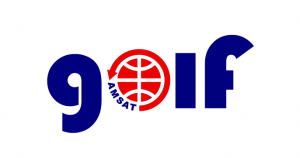 The discussion underlined the importance of maintaining the proven AMCOM infrastructure, proposing to leverage existing telemetry tools like FoxTelem. The proposal includes utilizing five bits of telemetry data to provide feedback on command status, thus ensuring that commands are transmitted successfully and effectively, addressing the limitations of the current system.
The discussion underlined the importance of maintaining the proven AMCOM infrastructure, proposing to leverage existing telemetry tools like FoxTelem. The proposal includes utilizing five bits of telemetry data to provide feedback on command status, thus ensuring that commands are transmitted successfully and effectively, addressing the limitations of the current system.
A pivotal part of the discussion revolved around the concept of “multipart commands.” Heimir illustrated a plan to modify the AMCOM command structure to allow the transmission of multiple segments in a single command, using a sequential numbering system to keep track of these packets. The extension would also involve designating specific bits to indicate whether a command is multipart and which piece of the command is being acknowledged or is missing.
Heimir elaborated on the technical elements of the transmission protocol, detailing how to manage packet loss and potential sequence issues via a robust acknowledgment system. The system would require two threads of execution at the ground station — one for sending commands and another for handling incoming telemetry. This dual threading is crucial as it allows for more efficient communications and processing, maintaining system integrity in the event of packet loss or transmission delays.
A key component of the protocol will be adjusting how command data is structured and transferred, with new formats proposed for command definitions. The transition from a CSV format to a more flexible and human-readable JSON format was suggested to accommodate the new capabilities, making it easier for engineering teams to integrate the changes into their workflows.
The presentation included a demonstration of a simulator designed to visually represent the command transmission process, showcasing how the protocol would function under various conditions, including different rates of packet loss. The simulator was created in Python and is hosted on Heimir’s GitHub repository, making it accessible for further exploration.
During the question and answer section, audience members raised concerns related to the security of satellite communications, particularly regarding potential cyber threats. Heimir reassured participants that encryption and digital signature protocols are already in place for uplink communications, although downlink encryption remains restricted by FCC regulations against obscured transmissions.
The meeting concluded with a reflection on the practicality and challenges of implementing these proposed changes, emphasizing the continuous need for advancements in satellite communication protocols to cater to growing operational complexities and security requirements. Follow-up actions were identified, including finalizing the simulation details and incorporating feedback from the engineering team into the command structure proposal. Thankful remarks were exchanged, acknowledging the collaborative efforts required for successful implementation.
You can read Heimer’s complete paper at https://www.amsat.org/wordpress/wp-content/uploads/2025/11/SS-43_Sverrisson.pdf .
[ANS thanks AMSAT Software Engineer Heimir Thor Sverrisson, W1ANT/TF3ANT, for the above information.]
REALOP CubeSat to Test Hard Drives for ADC System
The University of California, Davis will fly its REALOP 2U CubeSat mission with two goals in mind.
The primary goal of the mission will be to provide students with the educational opportunity to design, build, and test a satellite. Students will gain hands-on knowledge of the different subsystems of the satellite and they will learn about the use of amateur radio and how to use RF in order to communicate with spacecraft.
The secondary goal of the mission is to demonstrate the feasibility of using hard disk drives as a low cost alternative to reaction wheels for CubeSat attitude detection and control. This has the potential to reduce the financial barrier of entry into CubeSat development.
A UHF GMSK downlink with a 96 kHz symbol rate on 437.400 is proposed. Telemetry packets will use HDLC framing and a rate 1/2 convolutional forward error correction. Deployment from the ISS is planned for June 2026.
[ANS thanks the IARU for the above information.]
Changes to AMSAT-NA TLE Distribution for November 28, 2025
Two Line Elements or TLEs, often referred to as Keplerian elements or keps in the amateur community, are the inputs to the SGP4 standard mathematical model of spacecraft orbits used by most amateur tracking programs. Weekly updates are completely adequate for most amateur satellites. TLE bulletin files are updated daily in the first hour of the UTC day. New bulletin files will be posted immediately after reliable elements become available for new amateur satellites. More information may be found at https://www.amsat.org/keplerian-elements-resources/ .
This week there are no additions or deletions to the AMSAT TLE distribution.
[ANS thanks Joe Fitzgerald, KM1P, AMSAT Orbital Elements Manager for the above information.]
Want to fly the colors on your own grid expedition?
Get your AMSAT car flag and other neat stuff from our Zazzle store!
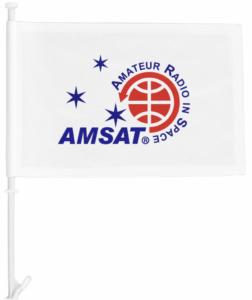 25% of the purchase price of each product goes towards
25% of the purchase price of each product goes towards
Keeping Amateur Radio in Space
https://www.zazzle.com/amsat_gear
ARISS NEWS
Amateurs and others around the world may listen in on contacts between amateurs operating in schools and allowing students to interact with astronauts and cosmonauts aboard the International Space Station. The downlink frequency on which to listen is 145.800 MHz worldwide.
-
Successful Contacts
South-West State University, Kursk, Russia, direct via UB3WCL.
The ISS callsign was RSØISS.
The crewmember was Sergey Ryzhikov.
The ARISS mentor was A.R.C. ENERGIA, RV3DR.
Contact was successful on Saturday, November 22, 2025 at 14:54 UTC.
Moscow Aviation Institute, Moscow, Russia direct via R2AS.
The ISS callsign was RSØISS.
The crewmember was Oleg Platonov
The ARISS mentor was A.R.C. ENERGIA, RV3DR.
Contact was successful on Mon 2025-11-24 14:56 UTC.
- Upcoming Contacts
Lincoln Magnet School, Springfield, Illinois, direct via K9OK.
The ISS callsign is presently scheduled to be NA1SS.
The scheduled crewmember is Jonathan (Jonny) Kim, KJ5HKP.
The ARISS mentor is Charlie Sufana.AJ9N.
Contact is go for Friday, December 5, 2025 at 15:29 UTC.
Russian State Agrarian University – Moscow Agricultural Academy named after K.A. Timiryazev, Moscow, Russia, direct via TBD.
The ISS callsign is presently scheduled to be RSØISS.
The scheduled crewmember is Sergey Kud-Sverchkov.
The ARISS mentor is A.R.C. ENERGIA, RV3DR.
Contact is go for Friday, December 5, 2025 at 11:00 UTC.
- The crossband repeater continues to be active (145.990 MHz up {PL 67} & 437.800 MHz down). If any crewmember is so inclined, all they have to do is pick up the microphone, raise the volume up, and talk on the crossband repeater. So give a listen, you just never know.
- The packet system is also active (145.825 MHz up & down).
- As always, if there is an EVA, a docking, or an undocking; the ARISS radios are turned off as part of the safety protocol.
- Note, all times are approximate. It is recommended that you do your own orbital prediction or start listening about 10 minutes before the listed time.
- The latest information on the operation mode can be found at https://www.ariss.org/current-status-of-iss-stations.html .
- The latest list of frequencies in use can be found at https://www.ariss.org/contact-the-iss.html .
[ANS thanks Charlie Sufana, AJ9N, one of the ARISS operation team mentors for the above information.]
AMSAT Ambassador Activities
AMSAT Ambassadors provide presentations, demonstrate communicating through amateur satellites, and host information tables at club meetings, hamfests, conventions, maker faires, and other events.
None currently scheduled.
[ANS thanks Bo Lowrey, W4FCL, Director – AMSAT Ambassador Program, for the above information.]
Satellite Shorts From All Over
- ARISS is excited to premier a new video all about Amateur Radio on the International Space Station! Thanks to Nichole Ayers KJ5GWI (@Astro_Ayers on X) who recorded this during her time on the International Space Station. Join them on Tuesday, December 2 at 1800 UTC (1:00 PM EST) for the big reveal! Watch it on https://YouTube.com/ARISSlive . [ANS thanks AMSAT-UK for the above information.]
- Looking to kick back over the holidays and build and fly your own rockets? Well reviewed spaceflight simulators are available for your Android and iOS phones. A free app named Spaceflight Simulator by Team Curiosity can be found at the Google Play and the Apple Apps stores. You can build any rocket you like from available parts and explore the planets in our solar system as you wish.
Join AMSAT today at https://launch.amsat.org/
In addition to regular membership, AMSAT offers membership to:
- Societies (a recognized group, clubs or organization).
- Primary and secondary school students are eligible for membership at no charge.
- Memberships are available for annual and lifetime terms.
Contact info [at] amsat.org for additional membership information.
73 and remember to help Keep Amateur Radio in Space!
This week’s ANS Editor, Frank Karnauskas, N1UW.
f.karnauskas [at] amsat [dot] org
ANS is a service of AMSAT, the Radio Amateur Satellite Corporation, 712 H Street NE, Suite 1653, Washington, DC 20002.
AMSAT is a registered trademark of the Radio Amateur Satellite Corporation.
